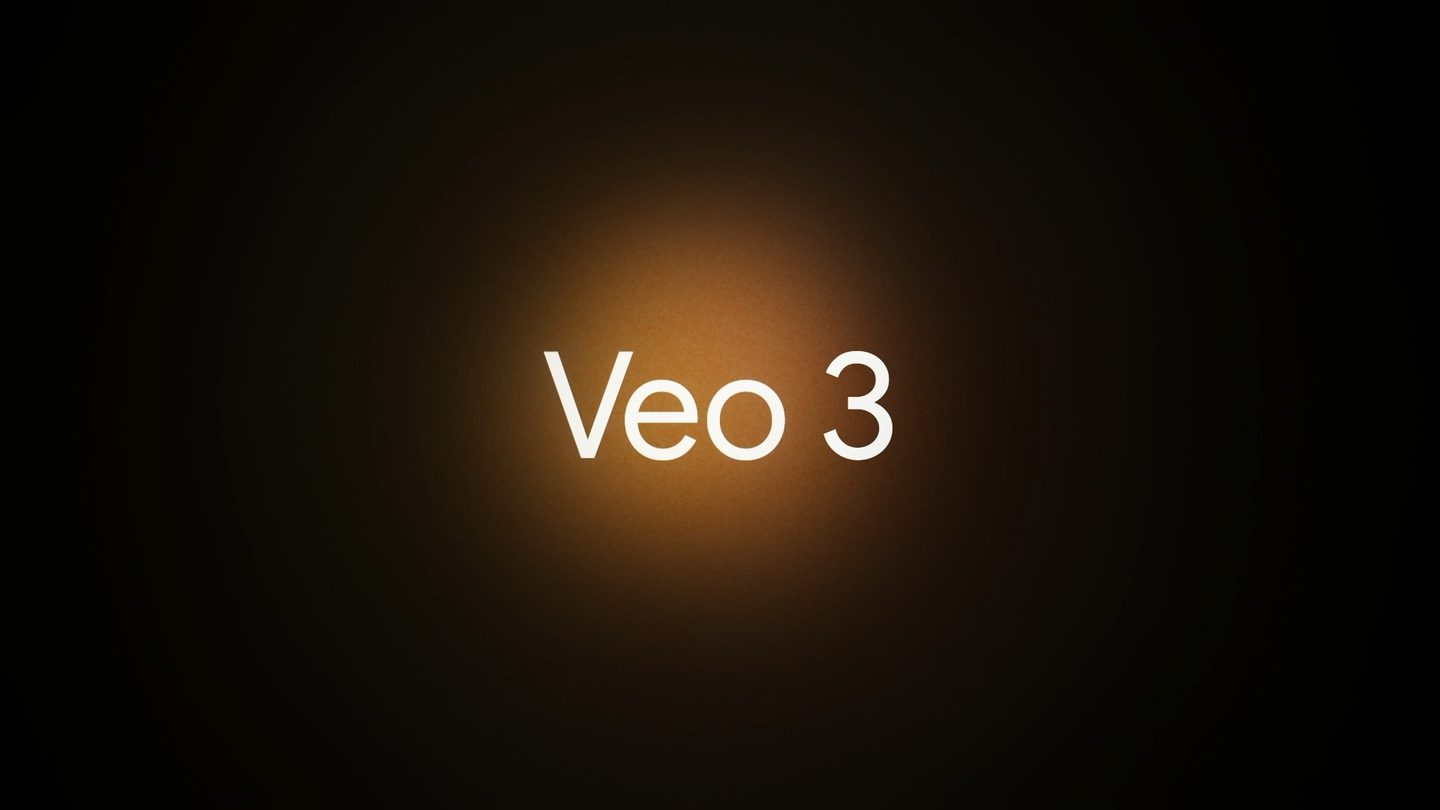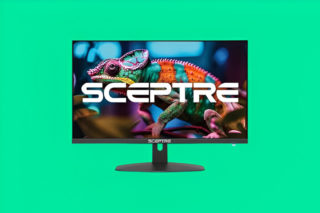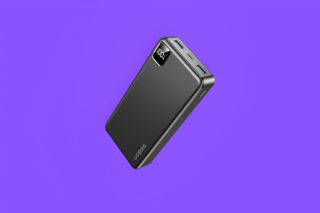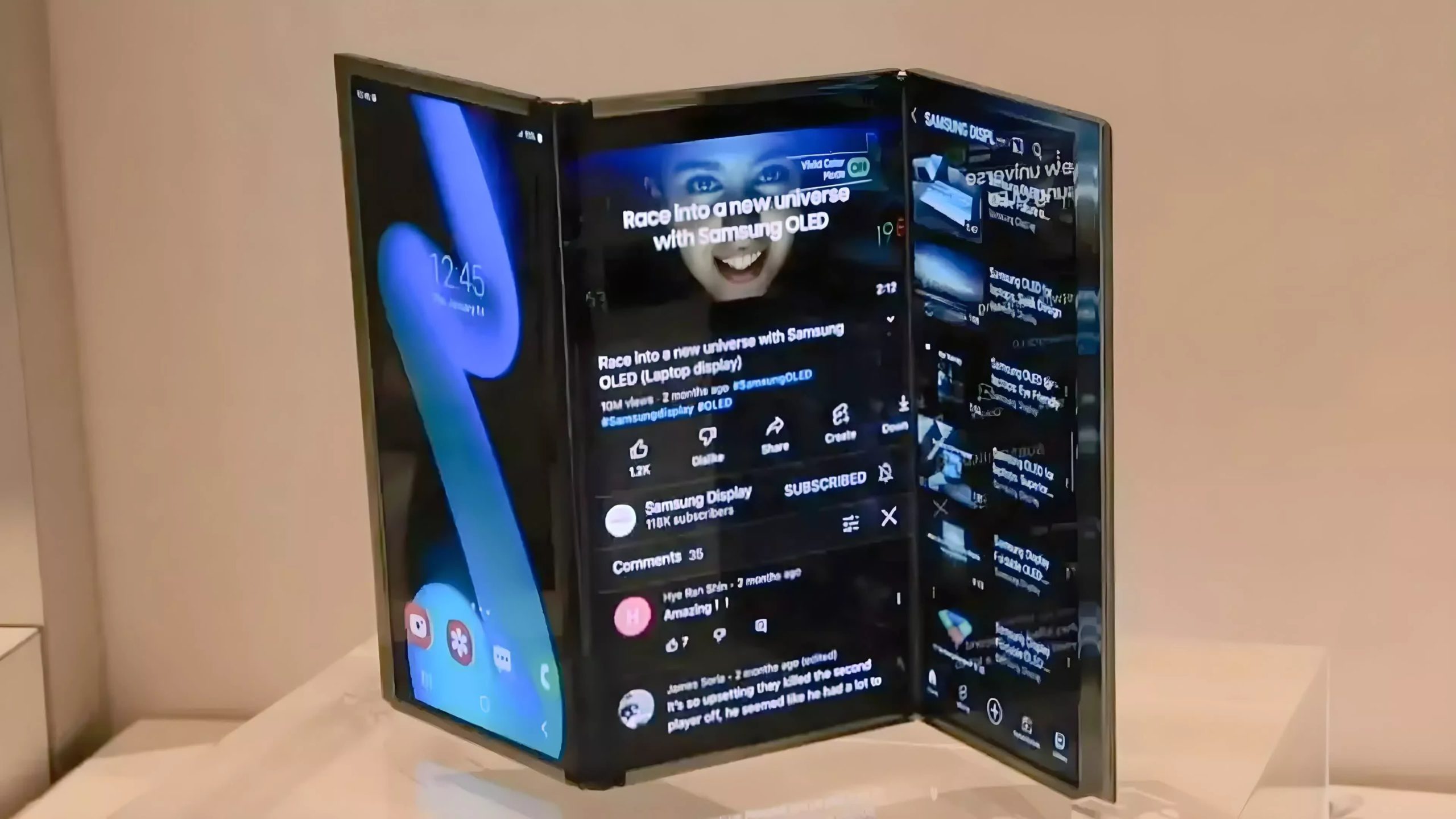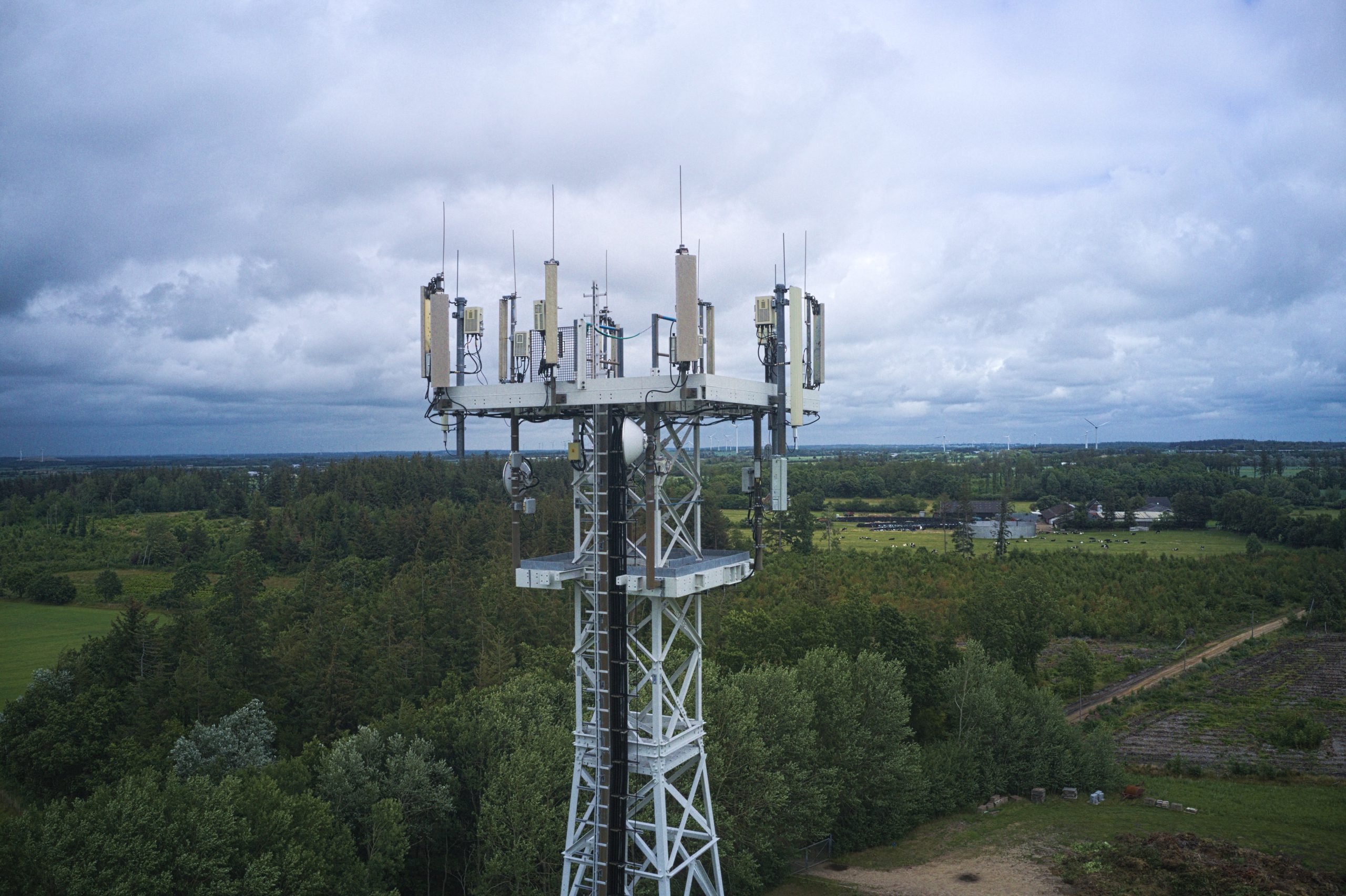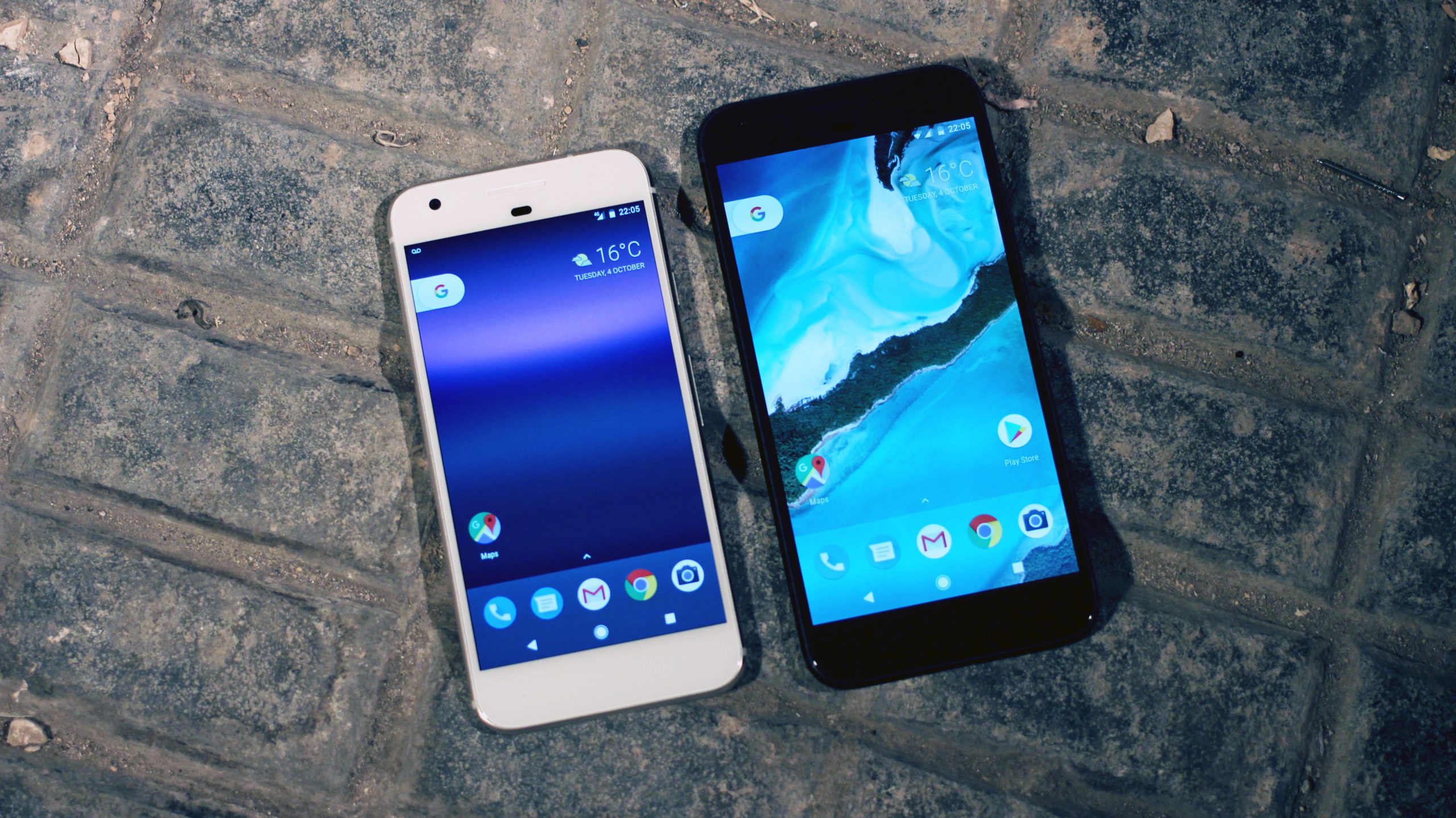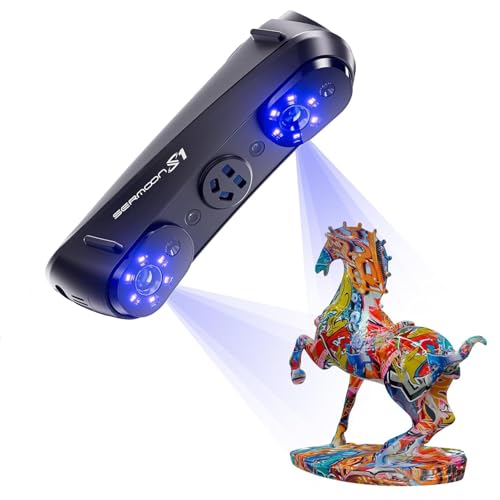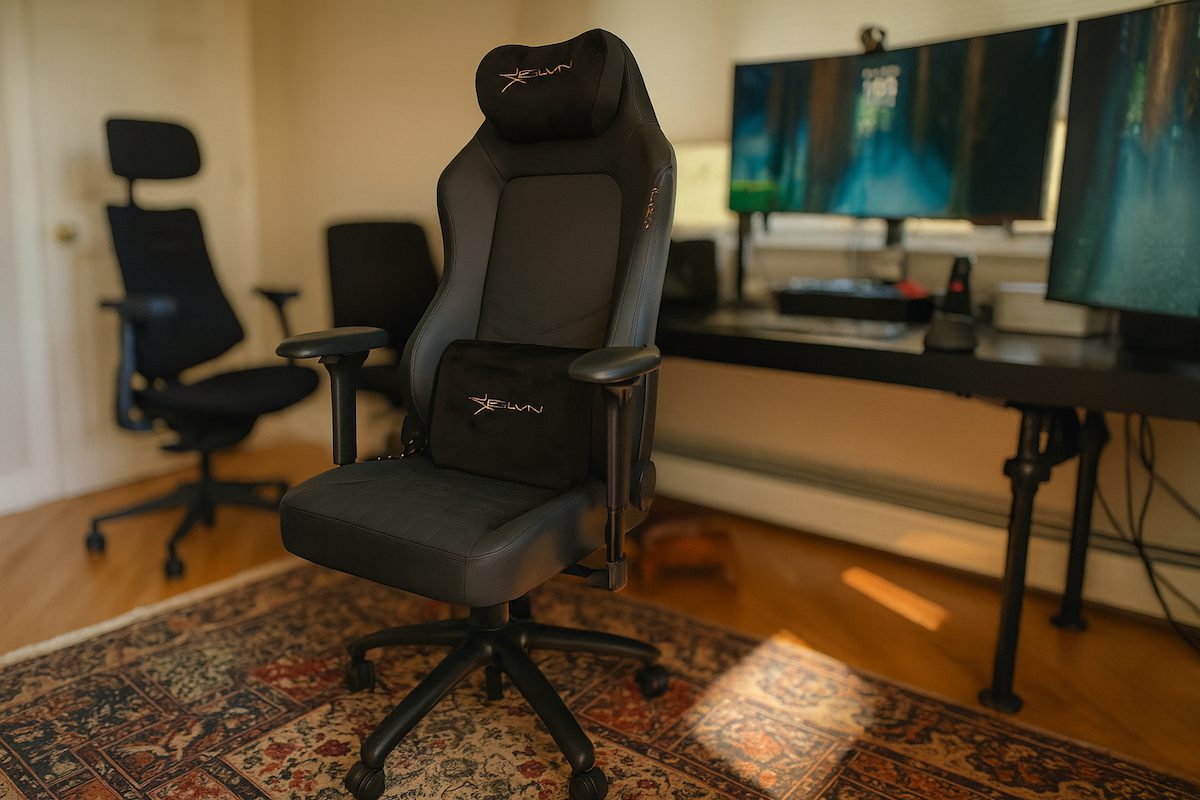Your smartphone camera roll just became raw material for AI-generated movies. Google’s Gemini can now animate your static photos into eight-second videos complete with sound—no film school required.
The new photo-to-video feature runs on Google’s Veo 3 model, turning your weekend snapshots into shareable content that moves. Upload any photo, describe how you want it animated, and Gemini delivers an MP4 video in about three minutes. Think of it as giving your Instagram photos the cinemagraph treatment, but with AI doing the heavy lifting.
How It Works
The process feels deceptively simple. Select “Videos” in Google’s AI assistant, upload your photo, then describe the animation you want—maybe your dog should wag its tail, or those clouds should drift across the sky. Gemini interprets your text prompt and generates movement, plus native audio that matches the scene. The output is always 720p resolution in 16:9 format, perfect for social media but not quite cinema quality.
You’re limited to three videos per day, which Google says helps manage resources during this rollout phase. That constraint might frustrate heavy creators, but it’s probably enough for most casual users experimenting with the technology.
Real-World Applications
This isn’t just tech for tech’s sake. Content creators can breathe life into product photos, making static jewelry shimmer or food appetizing. Parents can create family portraits for relatives who live far away. Artists can turn sketches into moving storyboards without learning complex animation software.
The feature works best with photos that have clear subjects and obvious potential for movement. Your beach sunset photo becomes a gentle wave animation; your pet portrait gets subtle breathing motion. It’s like having a junior animator in your pocket.
The Fine Print
Google enforces strict content policies—no videos of public figures, violence, or dangerous activities. The AI also struggles with facial animation accuracy, so don’t expect perfect lip-syncing or detailed expression changes. Every generated video carries visible “Veo” watermarks plus invisible SynthID markers, making the AI origin clear.
The feature remains exclusive to Google AI Pro and Ultra subscribers in supported regions, with mobile access still rolling out. For creators tired of static content but lacking video production skills, this represents a genuine creative breakthrough—assuming you’re willing to pay for the privilege.


